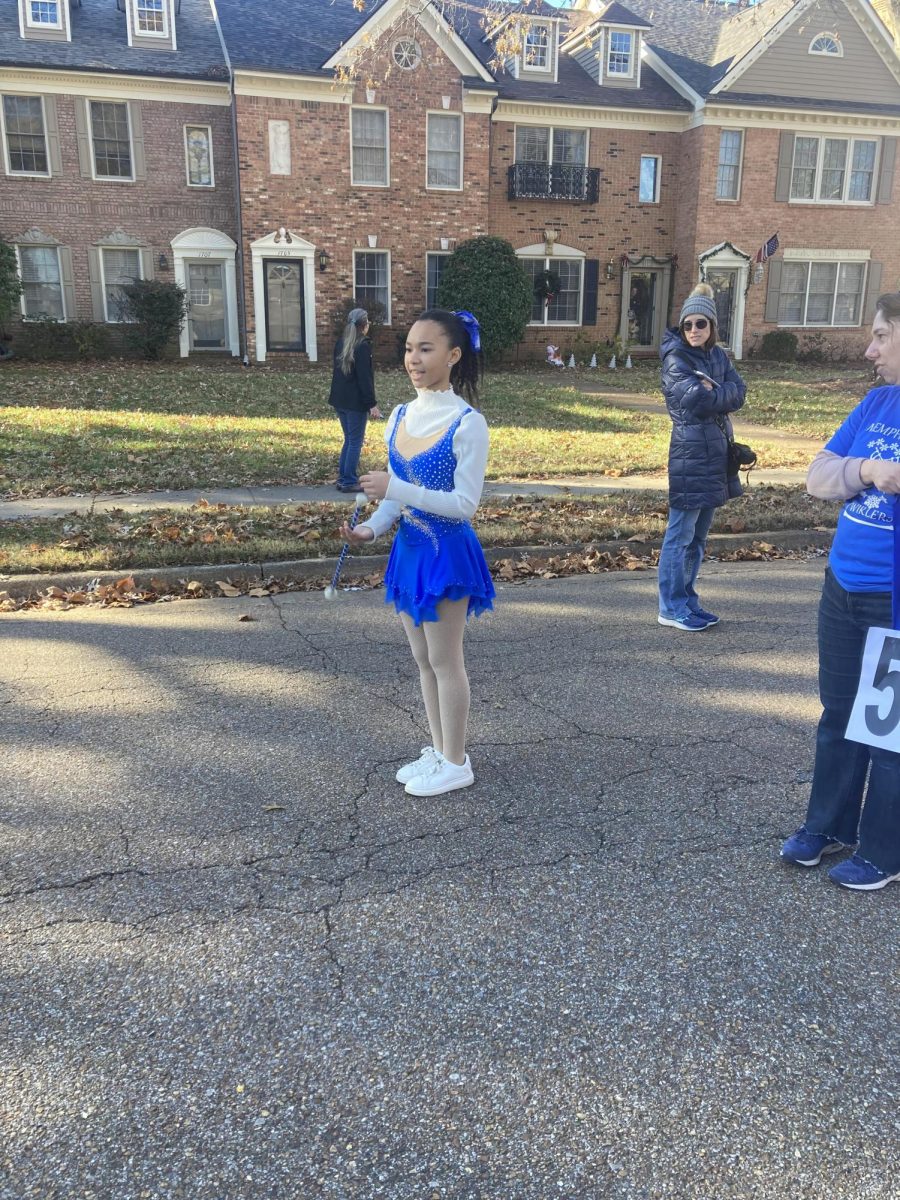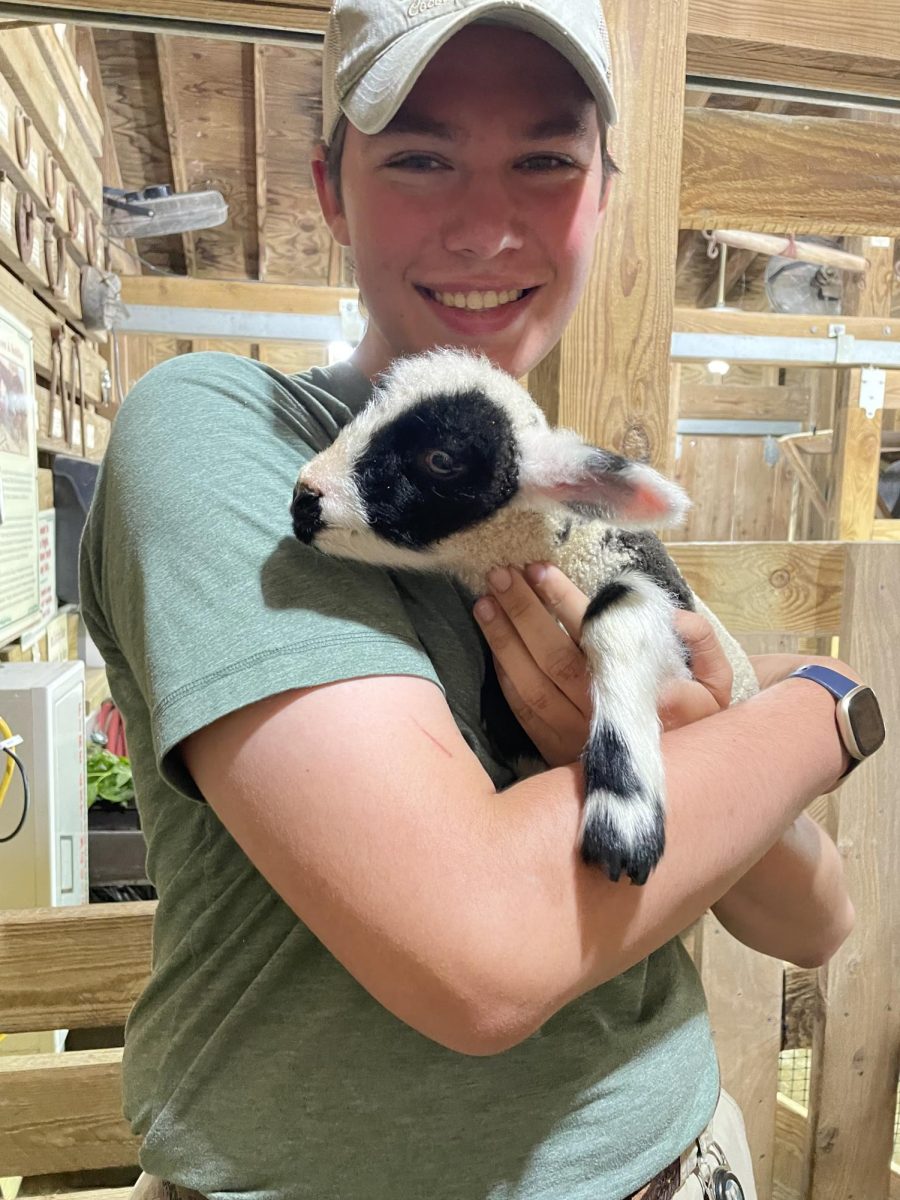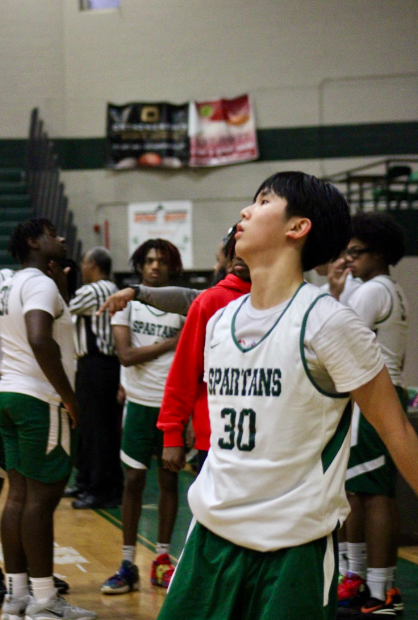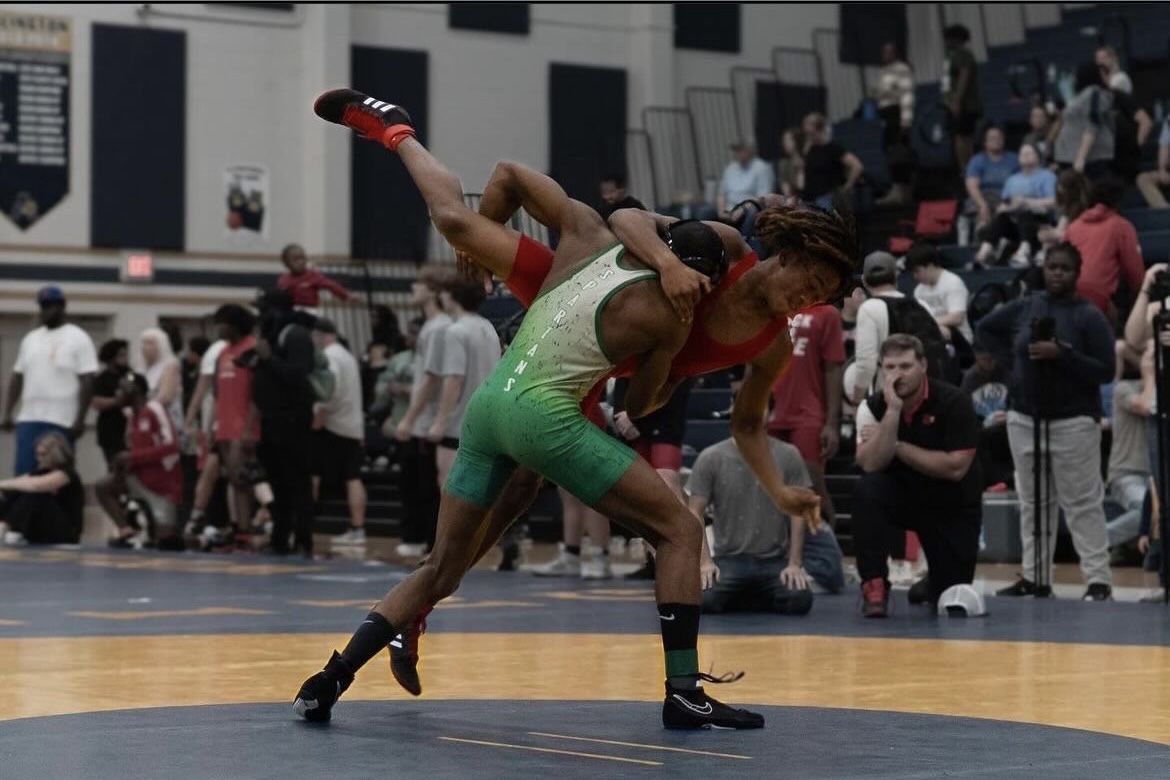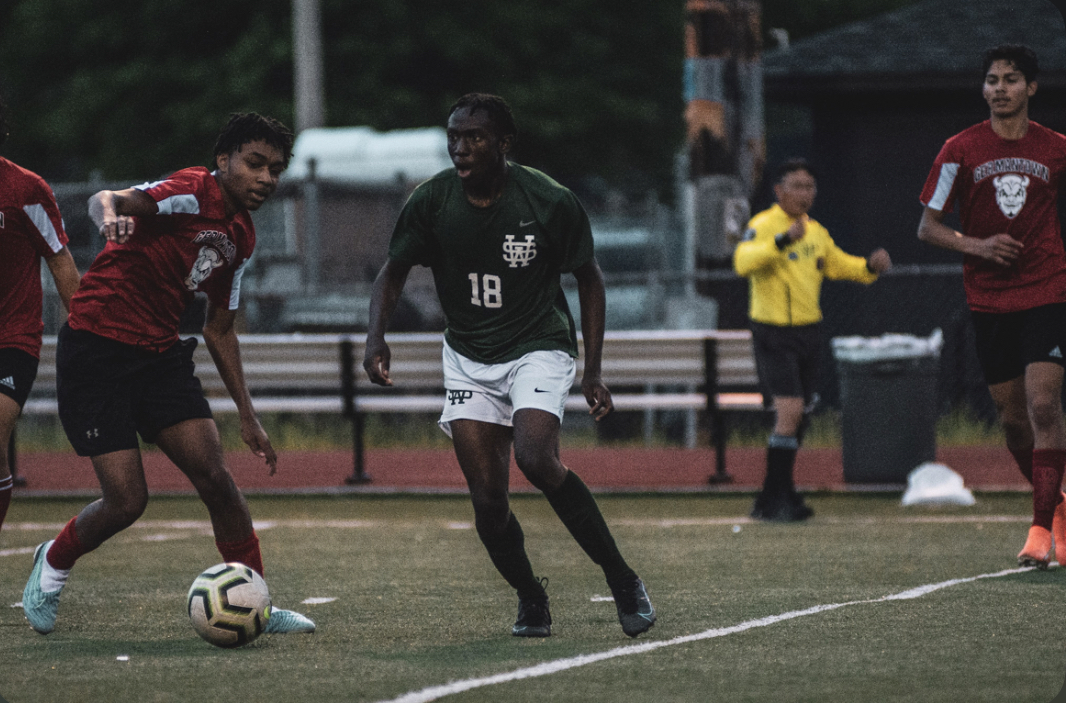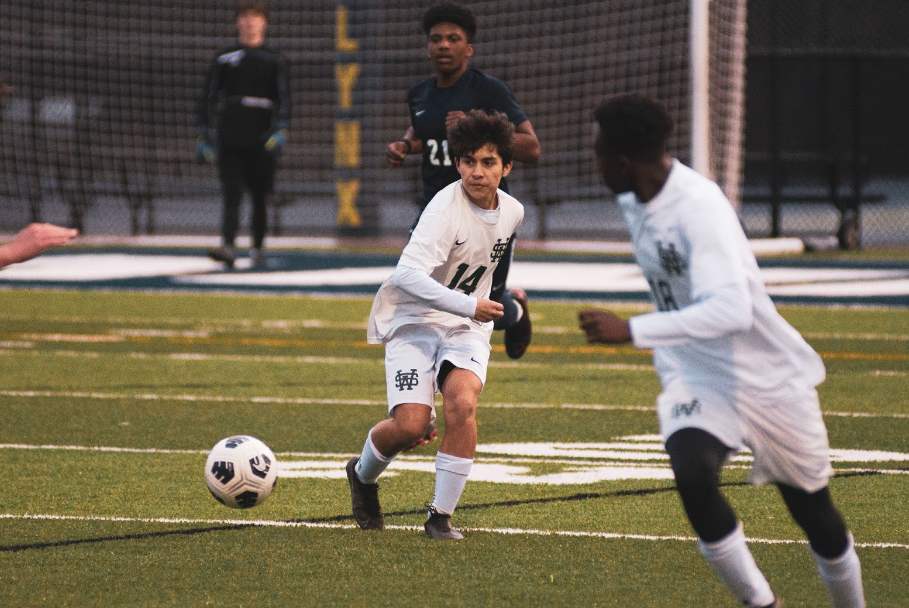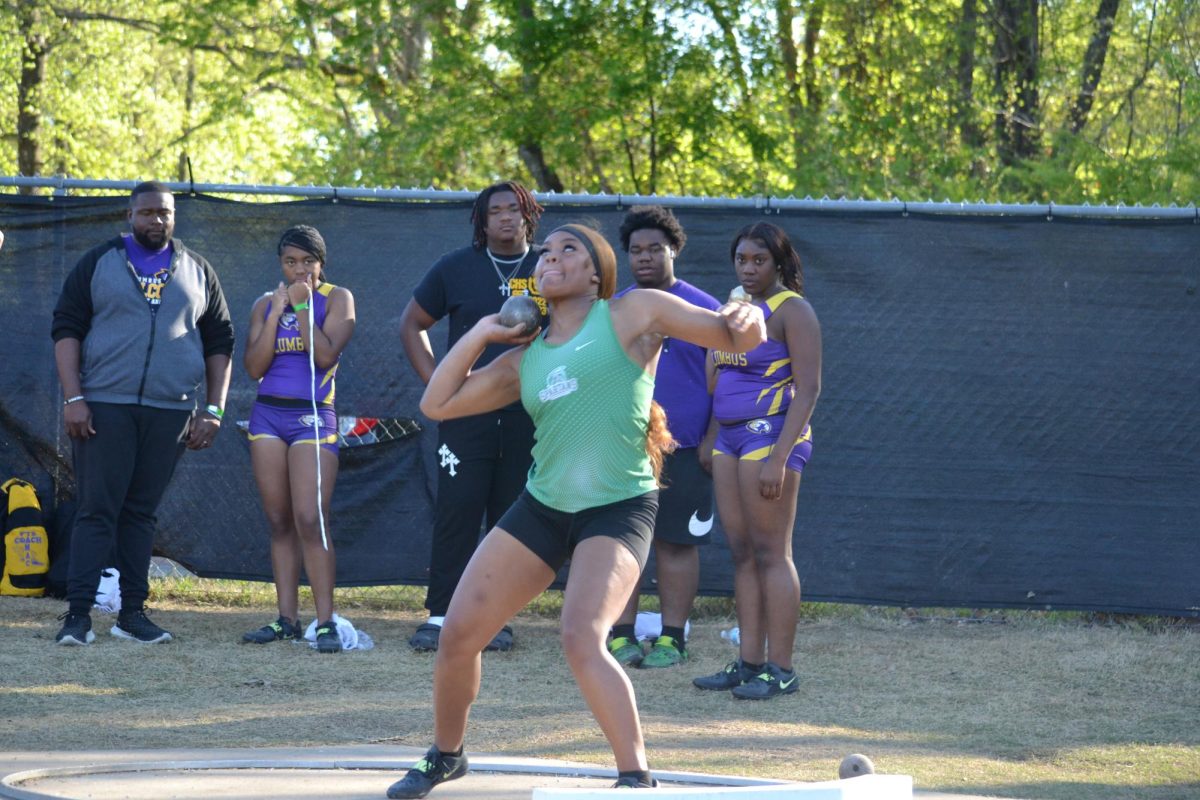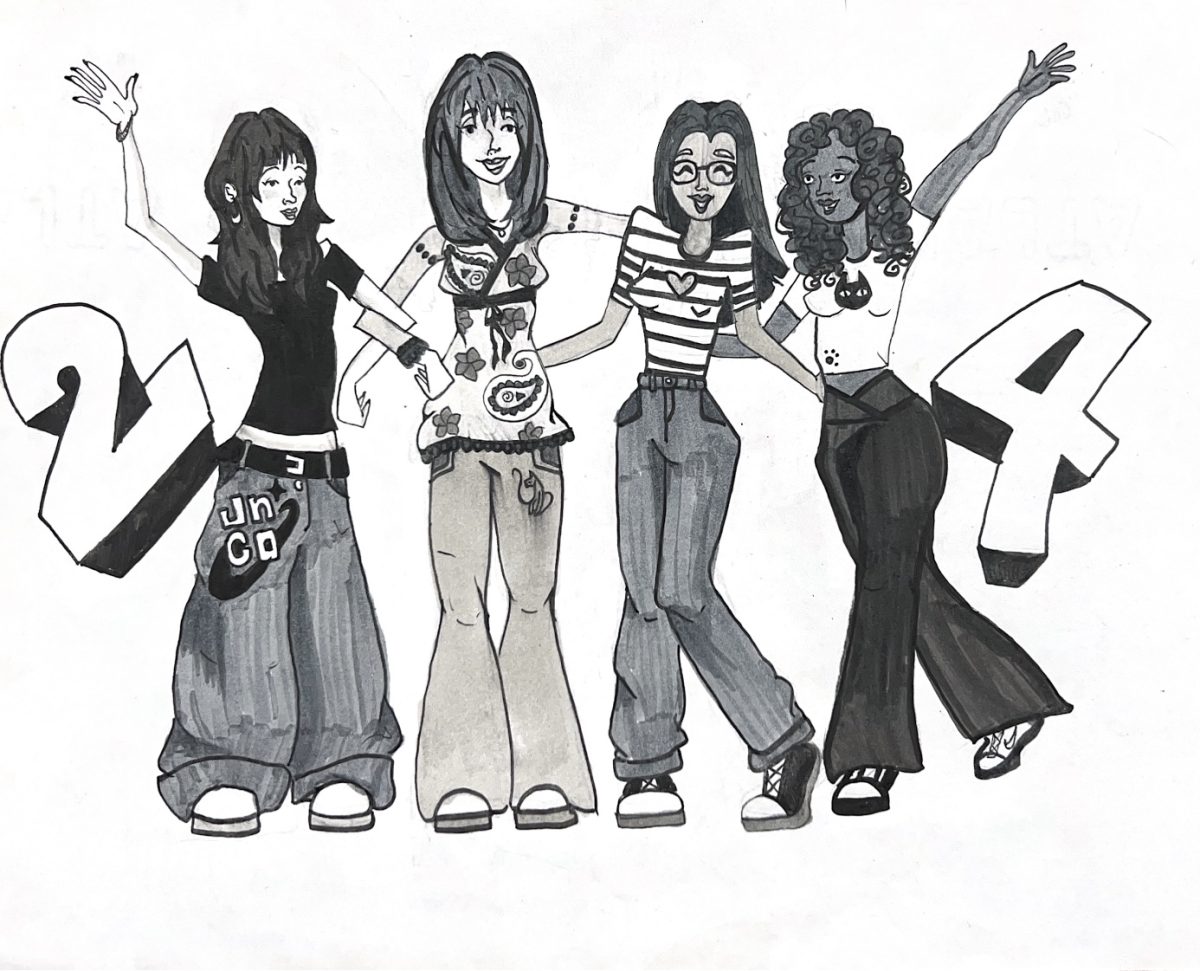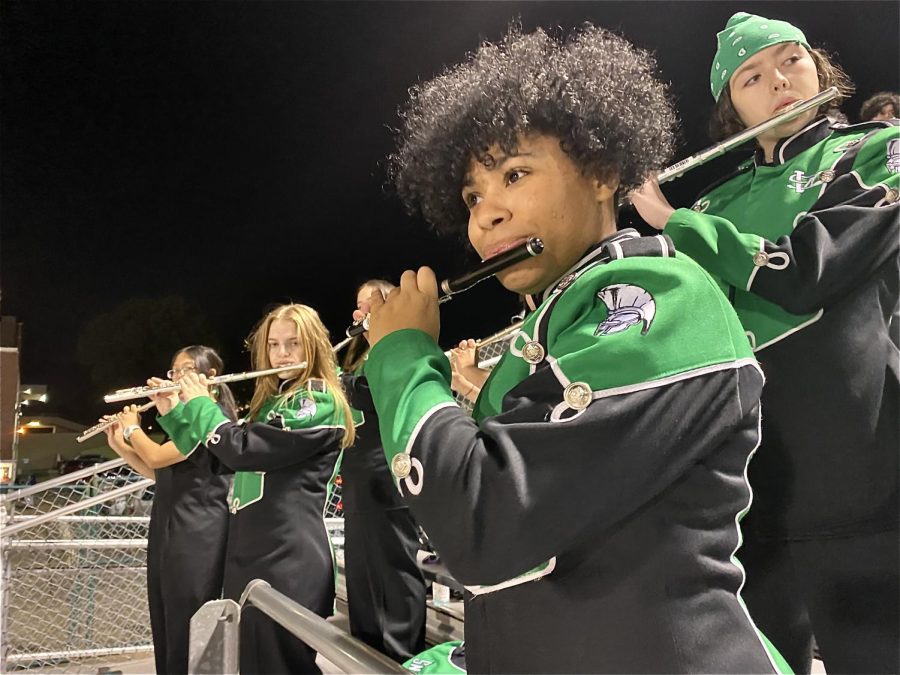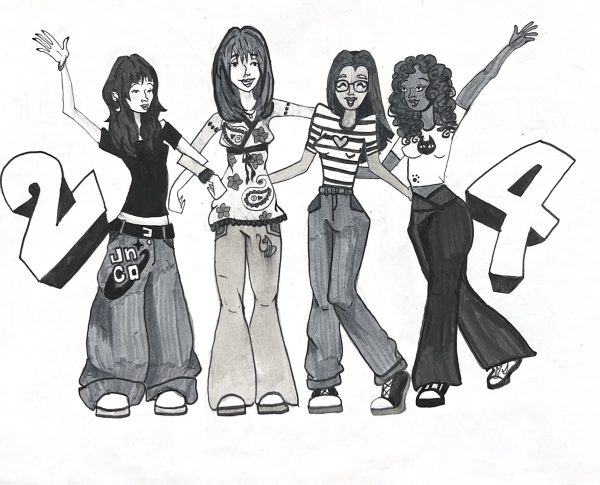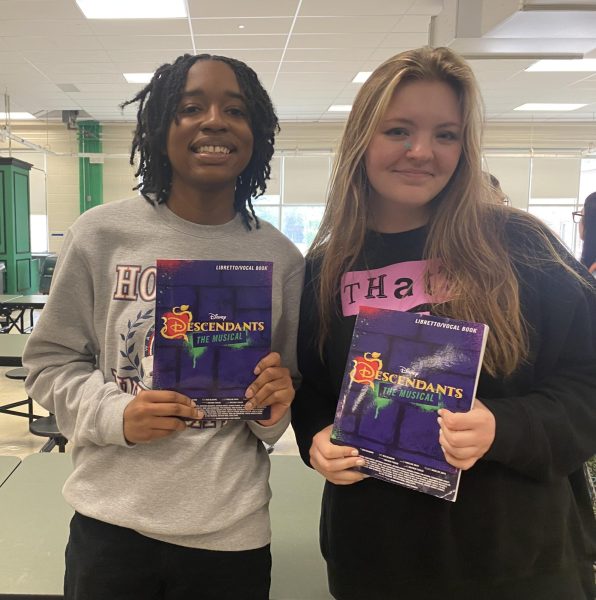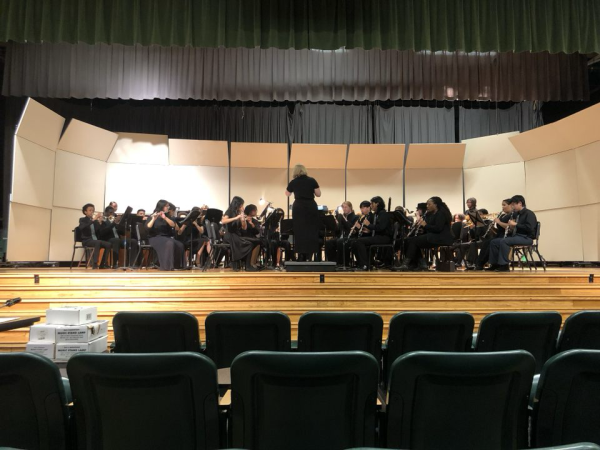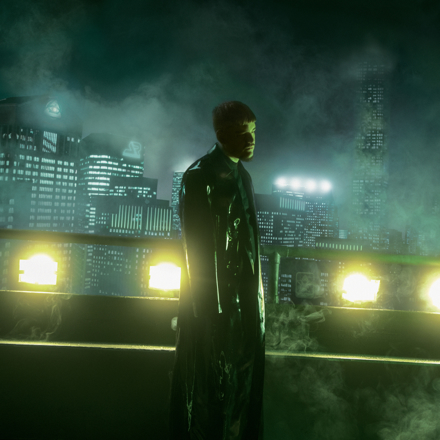Marching to the beat: the overlooked part of football season
Cayenne Stevens (12) plays Seven Nation Army on the flute. As part of the marching band, it is Stevens’s job to help hype up students and show support for the football team.
The hot sun beats down, music hums through the humid air and heavy feet mark intricate patterns on the band practice field. Since mid-August, the marching band has been tirelessly rehearsing material to perform at the weekly football games. The marching band at White Station is nearly as old as the school itself, with easily recognizable music older than the students who play it, such as the infamous Fight Song played after touchdowns.
While most are familiar with the sound of the band, few know how much preparation goes into their performances — a process which begins before school even starts. Three weeks before the school year begins, members of the marching band participate in band camp — a camp meant to teach them the basics before the pressures of the school year take over.
“[Band camp is] a time to hit a reset button and get everyone on the same page before school starts,” band director Brian Sims said. “It’s also a chance for everyone to get along and develop that family orientation with each other, get comfortable with each other and learn how to work together … band camp is the time that allows everybody to agree upon a goal.”
Leslie Avila (12) joined the marching band her freshman year and has worked her way up to becoming band president. For her, the complex skills required to play music while marching in patterns have taught her the importance of paying attention to the world around her.
“Most of the time in our daily lives we just focus on ourselves, we don’t look around and see what’s happening with other people,” Avila said. “But if you do start paying attention, you could make a new friend.”
The friendships made in band are part of what allow the group to move together as a unit, executing a unique type of performance. Rather than a single performing act, Sims sees marching band as a culmination of all other performing arts — a form of music and visual art executed simultaneously.
“Imagery, dancing, the show itself … it’s just all of those in motion,” Sims said. “I don’t think you can separate it from the others and say that it’s something different. It’s all of them in different ways. It’s a show.”
A key part of the visual element to the band is the color guard whose dances emphasize the music the band plays. Despite being highly visual, color guard is an often overlooked part of the band, and a new one too — only gaining a formal instructor last year.
“Our main instrument is our bodies, we are entirely visual,” color guard coach Andrea Vancil said. “What we’re doing physically lines up with the music that is being created around us. The cooperative effort to create something beautiful that has both sound and color is really neat.”
While the White Station marching band has a ways to go before it is able to compete alongside other school bands in competitions, Sims hopes this unique opportunity will come sooner rather than later.
“When you compete at anything, especially as a group, you force people to come together and work together,” Sims said. “I think that even if you’re not competing, the idea that you’re putting on a show in front of an audience, and captivating that audience, makes people that much more interested in doing something collectively.”
Your donation will support the student journalists of White Station High School. Your contribution will allow us to purchase equipment and cover our annual website hosting costs.








